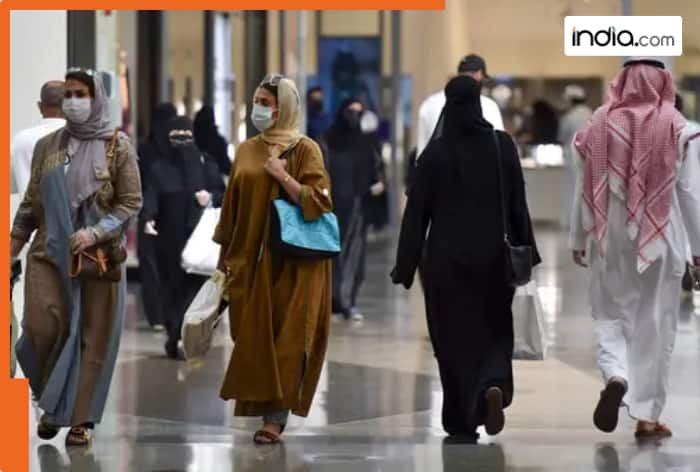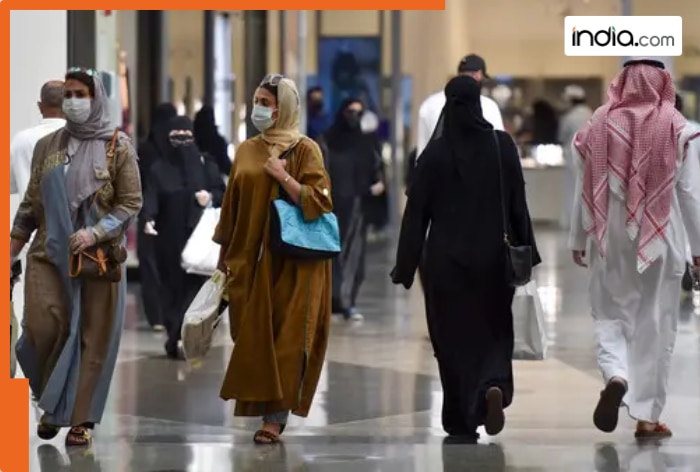This study was entitled Epidemiological decline in human fertility rates in the Arab world, and found a similar decline in most Arab countries.

The Saudi author raised concerns about the country’s declining birth rate. He also warned that if appropriate measures are not taken, countries in the Middle East could face extinction. In an article published in the Saudi Arabian newspaper Al-Watan, Mansour Al-Daban cited UN data showing a worrying decline in fertility rates. Statistics show that Saudi Arabia’s birth rate was 67% in 2023, lower than in 1950. In 1950, the birth rate was 53.34 births per 1,000 people. By 2023, the rate had fallen to 15.7, down 2.88% from the previous year.
Al Dhavan also referred to a study conducted by researchers at the University of Sharjah in the UAE. This analyzed trends in fertility rates in the Arab world from 2011 to 2021. This study is entitled Epidemiological decline in human fertility rates in the Arab world, and found similar. It is declining in most Arab countries.
Immediate action
Al Daban said he was reluctant to marry, and factors such as delayed childbirth and infertility were key contributors to the potential extinction of Arab populations. He said the situation would require a rescue plan before 2100.
The Saudi state agency reports that the kingdom’s population is over 35 million, with about 15.7 million being non-Saudis. The Directorate of Statistics predicts that the country’s population will reach 35.3 million by mid-2024, with 1.6 million gains from 2024, with 24.4% of growth being linked to Saudi Arabia.
Decline in fertility rate
The previous year, Saudi Arabia’s population was approximately 389,300, and the expatriate population increased by 1.21 million. The birth rate for women in Saudi Arabia is currently at 2.7 births per 1,000 women, in contrast to the non-Saudis 0.8. Back in 2011, the birth rate for women in Saudi Arabia was recorded at 3.8. This significant decline has caused concerns over the long-term demographic outlook of the kingdom.


